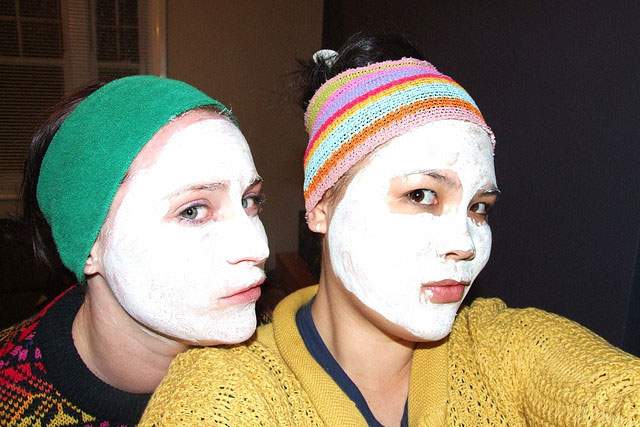
Acne: the scourge of adolescence. Most people endure it at some point, and can't wait to be rid of the combination of whiteheads, blackheads, pimples, and pustules that comprise the skin condition that affects over 80% of teenagers and nearly 20% of adults.
What Is Acne?
Acne begins with the pores from which hair grows. These pores contain sebaceous glands that produce a type of oil that lubricates hair and skin. When the glands produce the right amount of oil, there's usually no trouble.
But, when a pore gets clogged with too much oil and dead skin cells, problems arise. The onset of puberty in most kids involves the production of hormones. These hormones cause the sebaceous glands to make excess oil. Too much oil clogs pores and attracts bacteria, which feed on the oil and begin to multiply. A clogged pore can only stand so much internal pressure before its walls break, allowing the oil and bacteria to seep under the surrounding skin. This gives rise to something every teen dreads: a pimple.
Acne Causes
Contrary to popular belief, eating foods such as pizza and chocolate does not cause or exacerbate acne. Whether or not a person will have acne as a teenager or adult is largely a matter of genetics: if your parents had it, there's a good chance you will too.
Although there is no cure for acne, simple remedies to prevent a build-up of oil in pores, such as washing your face with soap and warm water and using oil-free cosmetics, can help.









